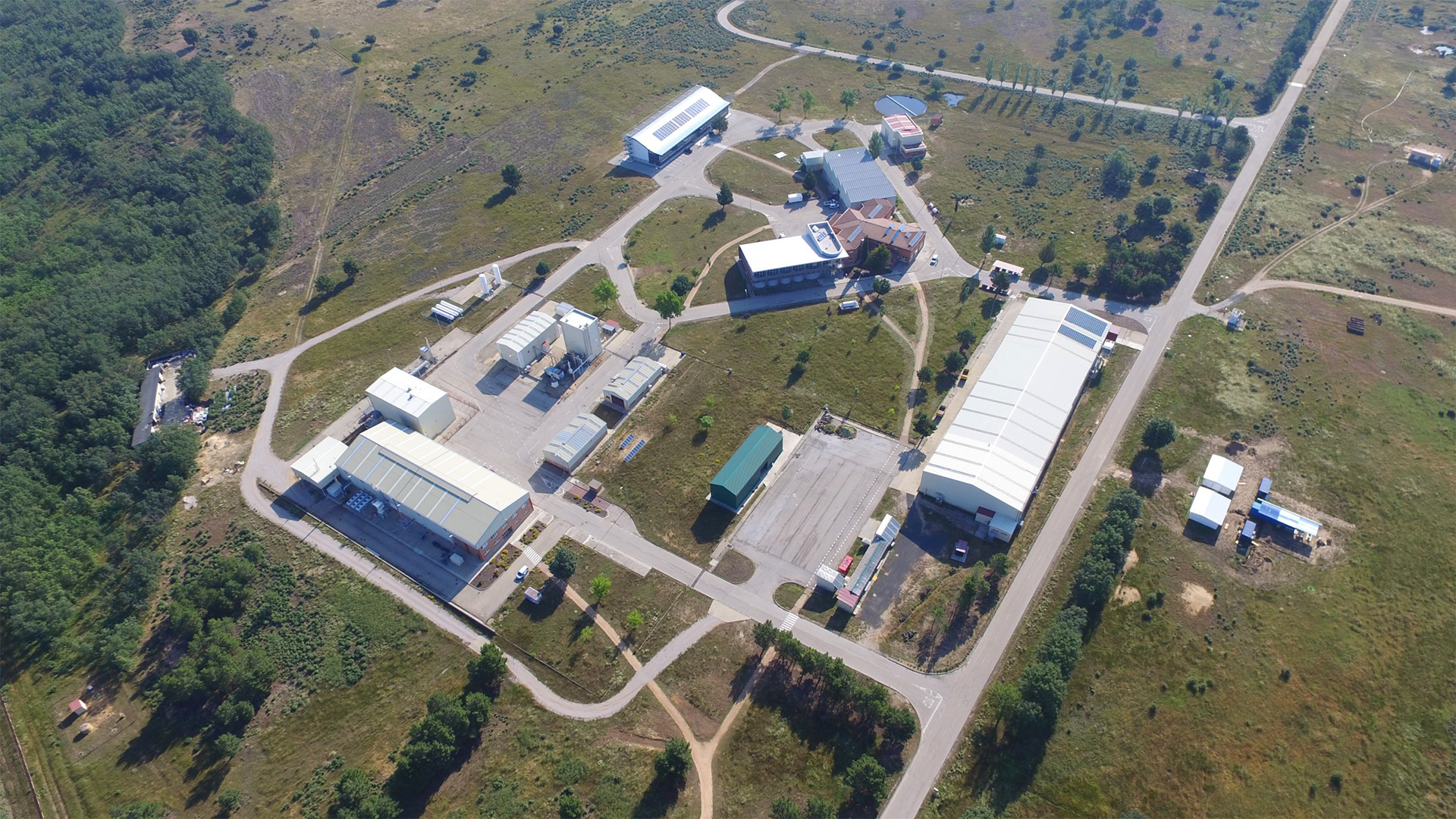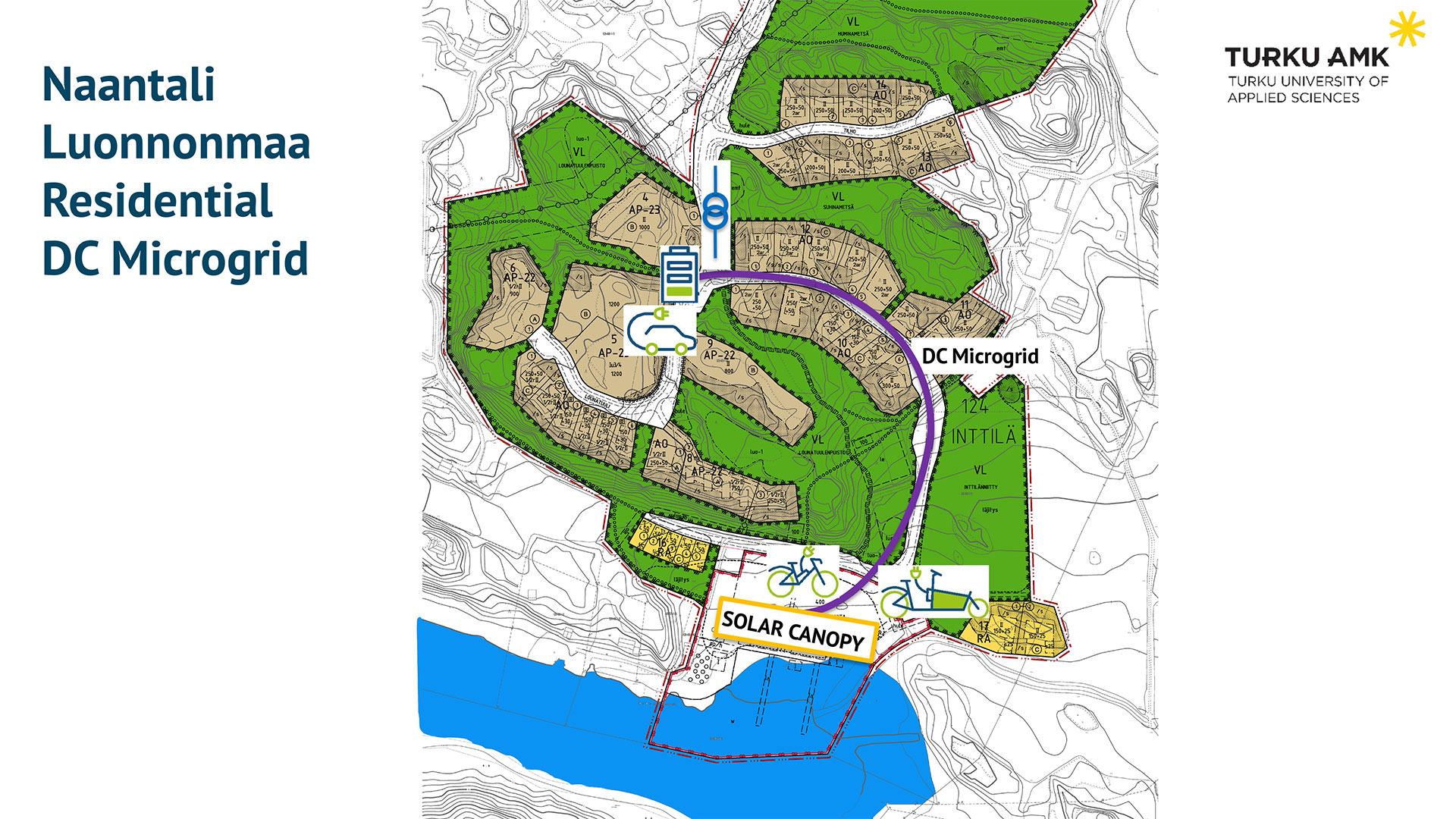This demo case is located at a large research facility belonging to the CEA INES, the French Institute for Solar Energy.

Key interventions
The system to be developed will integrate photovoltaic, power electronics and a multi microgrid infrastructure for testing any system configuration including PV module, batteries, inverters and fuel generators.
The MVDC modules will be connected to the microgrid via innovative SiC WBG MV DC/DC converters and dedicated DCMV protections. This will provide a showcase for efficiently increasing PV generation and for interconnecting these assets within the MV DC network.
The MVDC microgrid will be connected to the main grid via a solid state transformer (SST), making the whole system smarter and more digital.
In addition, a pioneering WAMPAC system will set up to apply the new protection schemes required. An energy management system specifically designed for AC/DC hybrid grids along with a decision support sytem will enhance the efficiency and reliability of the whole grid. This will allow higher penetration of renewables. A cybersecurity framework will protect the system and its interconnections for use in a real-life scenario.
Expected outputs
- Proof of concept for the connection of MV PV generation to a MV DC bus
- Demonstration of cost benefit of MVDC applied to solar plants, LCOE analysis (0,02Euros/kWh)
- Power electronics solutions with SiC technology will be characterized and demonstrated, allowing a better efficiency and digitalization of the grid
- A dedicated architecture for protections based on WAMPAC systems will be analysed and tested
- Comparison of global losses with standard LV plants (reduction of 5-10%) with improvement of global efficiency (5-10%)



